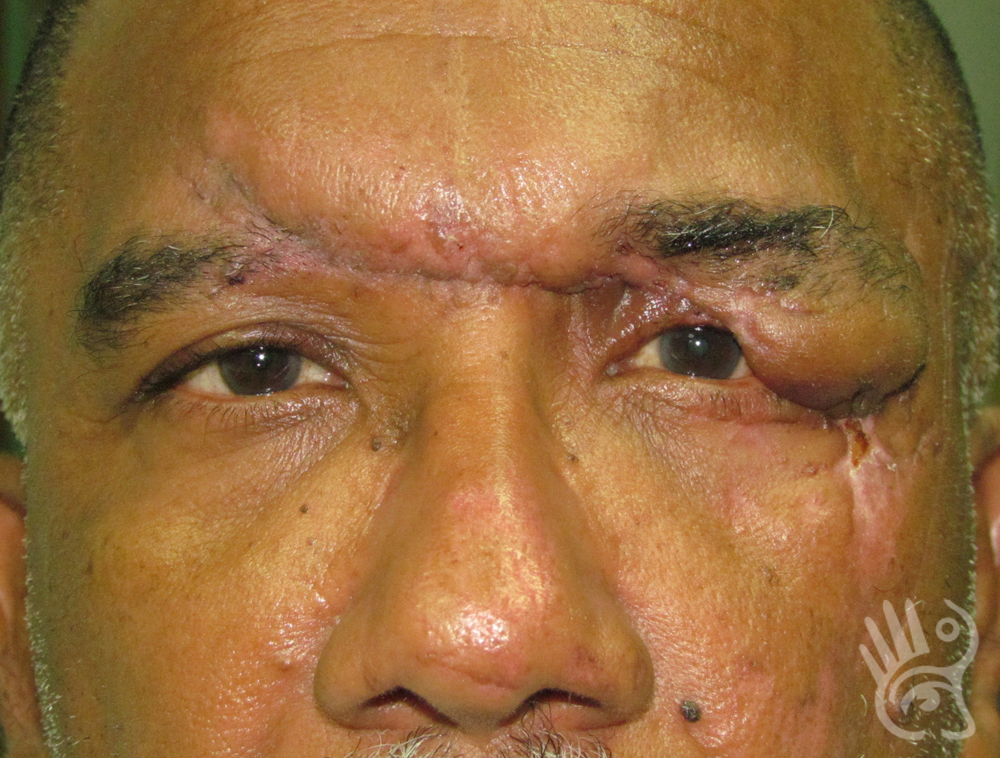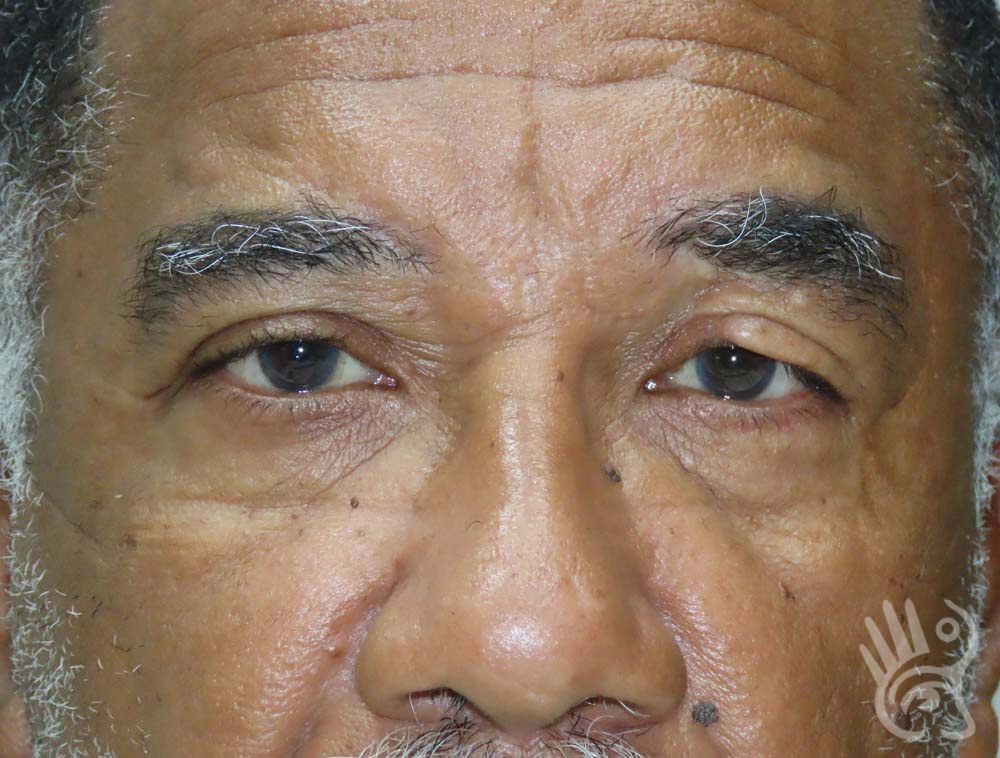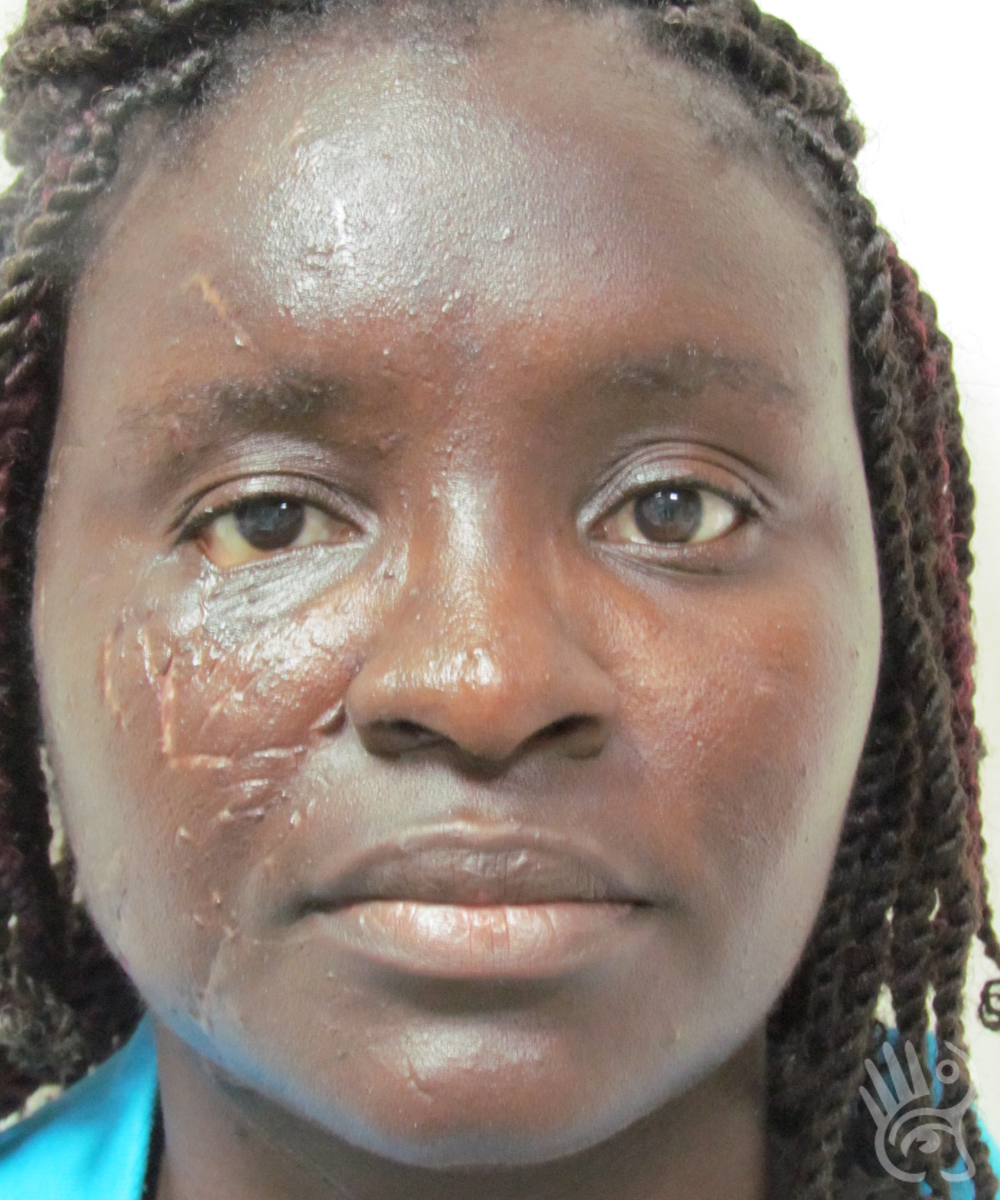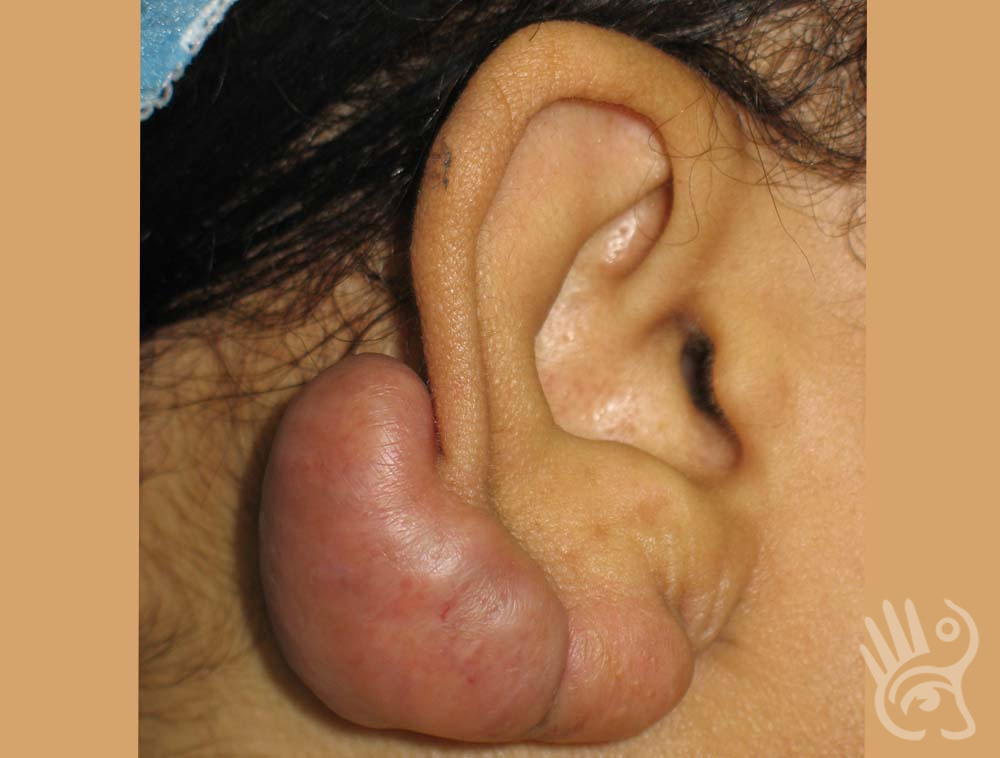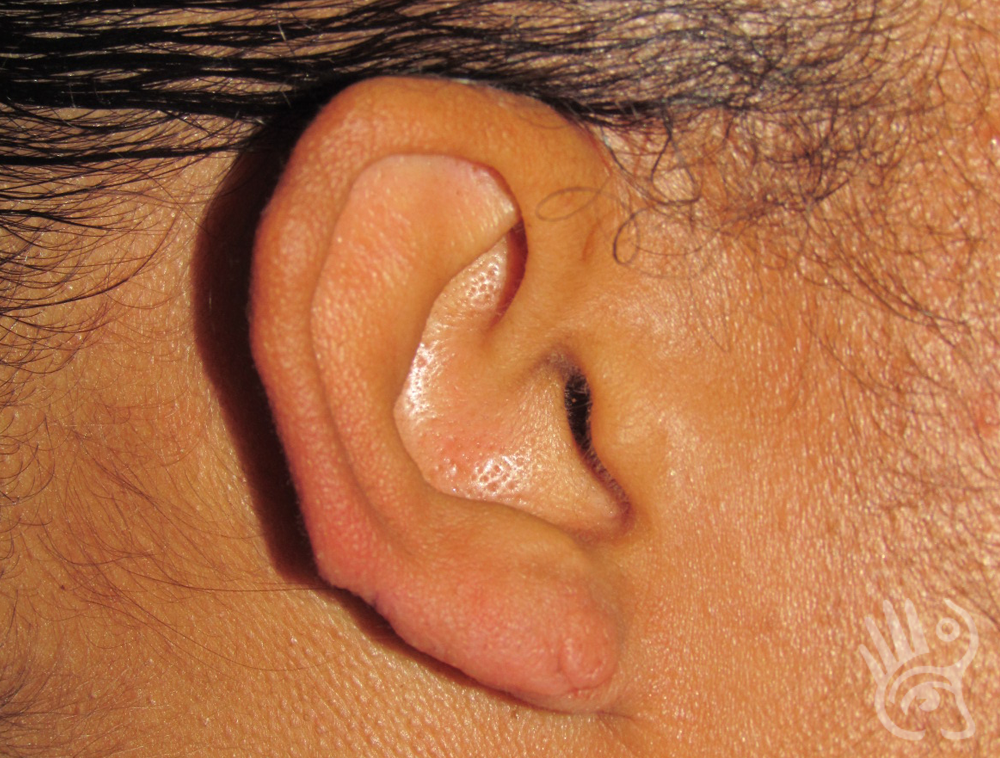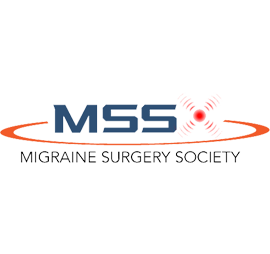Damage to the skin as a result of surgery, trauma of a burn can result into scar formation. Scars may become thickened (hypertrophic) or even grow beyond the original damage and become keloid scars. This excessive scar formation is more often seen in darker skin types and very fair skin types. Certain areas of the body, such as the shoulder region and sternum are more susceptible to excessive scar formation. One factor that can influence scar formation is the direction of the scar in relation to the tension lines of the skin. In the face you can clearly see the lines when you activate your facial muscles. When crossing a joint, scar can also form a contracture of the skin causing a limitation in the range of motion. If the underlying fat is diminished scars can become depressed. Due to shadow formation of the depression these scars can become more obvious. Wounds that are the result of sharp knives produce better scars than wound produced by crush or avulsion injuries. Increased tension on wound closure, often produce a widened scar. It appears that young people and children due to their tighter skin have a higher chance of developing scar formation than older people. A scar revision needs to produce a less obvious scar, but the scar will never disappear.
